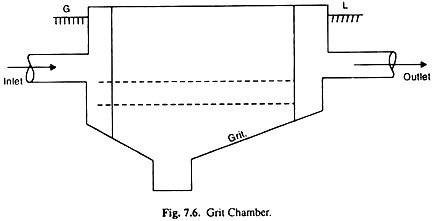ADVERTISEMENTS:
In this article we will discuss about the rolling cycle method of DNA replication in φ X 174.
All circular genomes do not follow the same pattern of replication described in E. coli. In some bacteriophages (phi, lambda and phi X 174), in mitochondrial chromosomes and during bacterial mating an alternative method known as the rolling circle has been demonstrated. This method as seen in the small bacteriophage φ X 174 will be described here.
φ X174 has a single stranded DNA molecule only about 6,000 nucleotides in length. Its newly formed DNA is linear, not circular. The process takes place in following way. Soon after φ X174 enters the host E. coli cell its single stranded parent DNA (designated + strand) synthesizes a complementary minus strand (with the help of host cell enzymes) to form duplex DNA (+ -). This is the replicative form (RF) of φXI74.
ADVERTISEMENTS:
An endonuclease enzyme produces a nick in the + strand, exposing a free 3′ end and a free 5′ end (Fig. 14.12). DNA synthesis begins by addition of deoxyribonucleotides by the enzyme DNA polymerase to the free 3′ end of the + strand using the strand as template.
The minus strand revolves while serving as template hence the name rolling circle. The addition of nucleotides displaces the free 5′ end outwards in the form of a free tail. The rolling circle revolves a number of times thus increasing the length of the + strand by a corresponding number of + complements.
It appears that the tail is finally cut into the correct genome lengths by an endonuclease to provide as many copies of free, linear DNA molecules. The free ends joined by the newly formed linear DNA are joined by the enzyme DNA ligase to form closed, circular progeny chromosomes.
